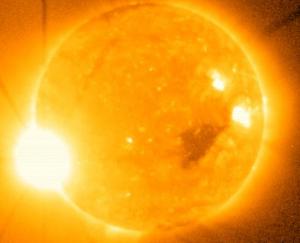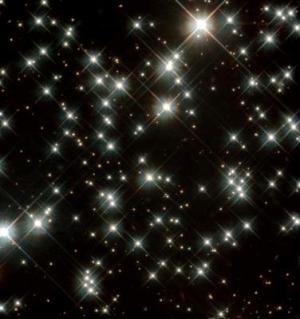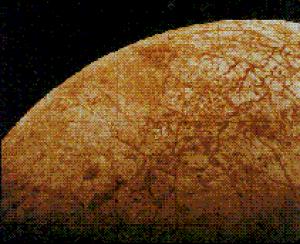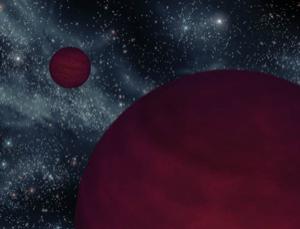
"We've detected a stream of perfectly intact hydrogen atoms shooting out of an X-class solar flare," says Richard Mewaldt of the California Institute of Technology. "What a surprise! If we can understand how these atoms were produced, we'll be that much closer to understanding solar flares."
The event occurred on Dec. 5, 2006. A large sunspot rounded the sun's eastern limb and with little warning it exploded. On the "Richter scale" of flares, which ranks X1 as a big event, the blast registered X9, making it one of the strongest flares of the past 30 years.
NASA managers braced themselves. Such a ferocious blast usually produces a blizzard of high-energy particles dangerous to both satellites and astronauts. An hour later they arrived, but they were not the particles researchers expected.








